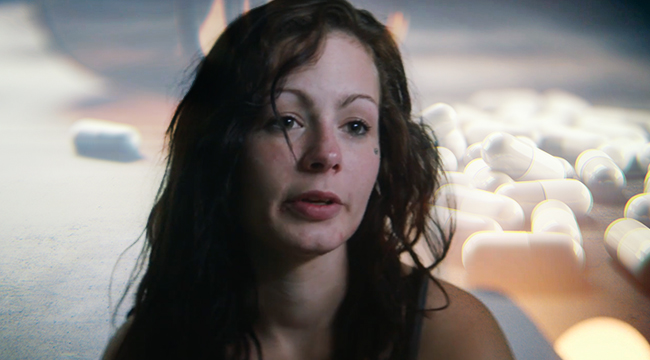
As we speak, America is in the throes of a devastating epidemic. Not the kind they make post-apocalyptic movies about or that you can wear a mask on an airplane to prevent. This epidemic is largely caused by opioids — drugs often prescribed by doctors — which are responsible for 115 deaths from accidental overdoses every day in America. That’s one person every 12 minutes.
While prescription opioids may be medicine and are typically prescribed by well-meaning physicians, they’re also highly addictive, dangerous and easily misused. In 2016, 2.5 million young adults (ages 18-25) reported misusing an opioid in a 12-month period. And while many young people assume just doing something once or twice is no big deal, opioid dependence can happen after just five days. It’s one of the most critical public health issues of this generation, and it’s not being talked about nearly enough.
One of the most important ways we can combat the opioid crisis is through education. With the way addiction is portrayed on TV and in film, it often seems like a faraway problem. But knowing the facts and realizing how quickly a few pills can lead to a serious health issue — putting everything you love at stake — can make all the difference.
That’s why Truth Initiative, the Ad Council and the U.S. Office of National Drug Control Policy (ONDCP) collaborated to create The Truth About Opioids, which first launched in June. This truth® effort focuses on preventing and reducing the misuse of opioids and is an expansion of truth’s tobacco prevention campaign — which has prevented over one million youth and young adults from becoming smokers since it began in 2000.
Treatment Box, the second installment of The Truth About Opioids, brings Americans face-to-face with opioid addiction. The content depicts a real person going through withdrawals. The video demonstrates that opioid addiction can happen to anyone while uncovering the aspects of opioid addiction that most people don’t see — the power and unrelenting hold this illness has on opioid users and their loved ones.
Like most people, twenty-six-year-old Rebekkah never thought she was the type of person who would become addicted to opioids. At the start of high school, she was a promising dancer and cheerleader with a bright future. At 14, a cheerleading injury led to a doctor prescribing painkillers. At the time, she thought she had no reason to worry. She wasn’t using drugs at a party or getting high after school; she was taking medicine specifically prescribed to her. But soon she became addicted to the pills and later turned to heroin.
Sadly, Rebekkah’s story is far from unusual and can happen to just about anyone. In fact, 80 percent of heroin users were first dependent on prescription opioids. But Rebekkah is currently in the process of regaining control of her life. She’s also making her treatment public, in order to help other people while she works towards a new start.
“Through the latest extension of our opioid public education campaign, we hope to destigmatize and humanize opioid dependence while helping the public understand the facts about addiction with the ultimate goal of preventing and reducing misuse of opioids among youth and young adults,” said a Truth Initiative spokesperson.
The spokesperson goes on to say that, “our nation is currently facing one of the most critical public health crises of our time and no community is left unscathed, including our youth and young adults.”
In deference to that and in the name of starting a conversation that has a good chance of resonating within the youth community, truth is clearly turning to people in that demographic and telling stories that allow people to see themselves and their friends in Rebekkah’s story and either get help or get help for others if they need it.
“There is always something each of us can do to play a role in solving the crisis,” says the Truth spokesperson.






